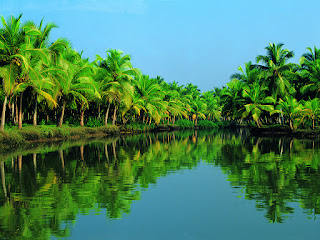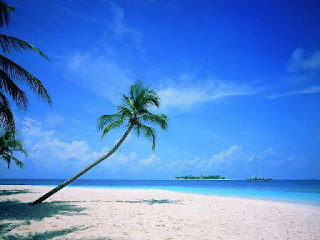 |
| Ajanta Caves |
 |
| Kerala Backwaters |
 |
| Goa Beach, Goa |
 |
| The Taj Mahal, Agra |
 |
| Dal Lake, Jammu and Kashmir |
1. The Taj Mahal "crown of buildings", "the Taj" is a mausoleum located in Agra, India. It is one of the most recognizable structures in the world. It was built by Mughal emperor Shah Jahan in memory of his third wife, Mumtaz Mahal. It is widely considered as one of the most beautiful buildings in the world and stands as a symbol of eternal love.
2. Goa: is India's smallest state by area and the fourth smallest by population. Located in South-West India in the region known as the Konkan, it is bounded by the state of Maharashtra to the north, and by Karnataka to the east and south, while the Arabian Sea forms its western coast. Goa is India's richest state with a GDP per capita two and a half times that of the country as a whole. It was ranked the best-placed state by the Eleventh Finance Commission for its infrastructure and ranked on top for the best quality of life in India by the National Commission on Population based on the 12 Indicators.
3. Kerala is a state in the south-western part of India. It was created on 1 November 1956, with the passing of the States Reorganisation Act bringing together the areas where Malayalam was the dominant language. its one of the most beautiful state in the world. also known as "gods own place". it is also famous for attracting largest tourists to india.
 |
| Kerala forest (Pic Courtesy Bunty) |
 |
| Kerala banana plantation (Pic Courtesy Bunty) |
4. Dal Lake is a lake in Srinagar, the summer capital of the northernmost Indian state of Jammu and Kashmir. The urban lake, which is the second-largest in the state, is integral to tourism and recreation in Kashmir and is nicknamed the "Jewel in the crown of Kashmir" or "Srinagar's Jewel". The lake is also an important source for commercial operations in fishing and water plant harvesting..
5. The Ajanta Caves in Maharashtra, India are 31 rock-cut cave monuments which date from the 2nd century BC. The caves include paintings and sculptures considered to be masterpieces of both Buddhist religious art (which depict the Jataka tales) as well as frescos which are reminiscent of the Sigiriya paintings in Sri Lanka. The caves were built in two phases starting around 200 BC, with the second group of caves built around 600AD.








Comments
Post a Comment